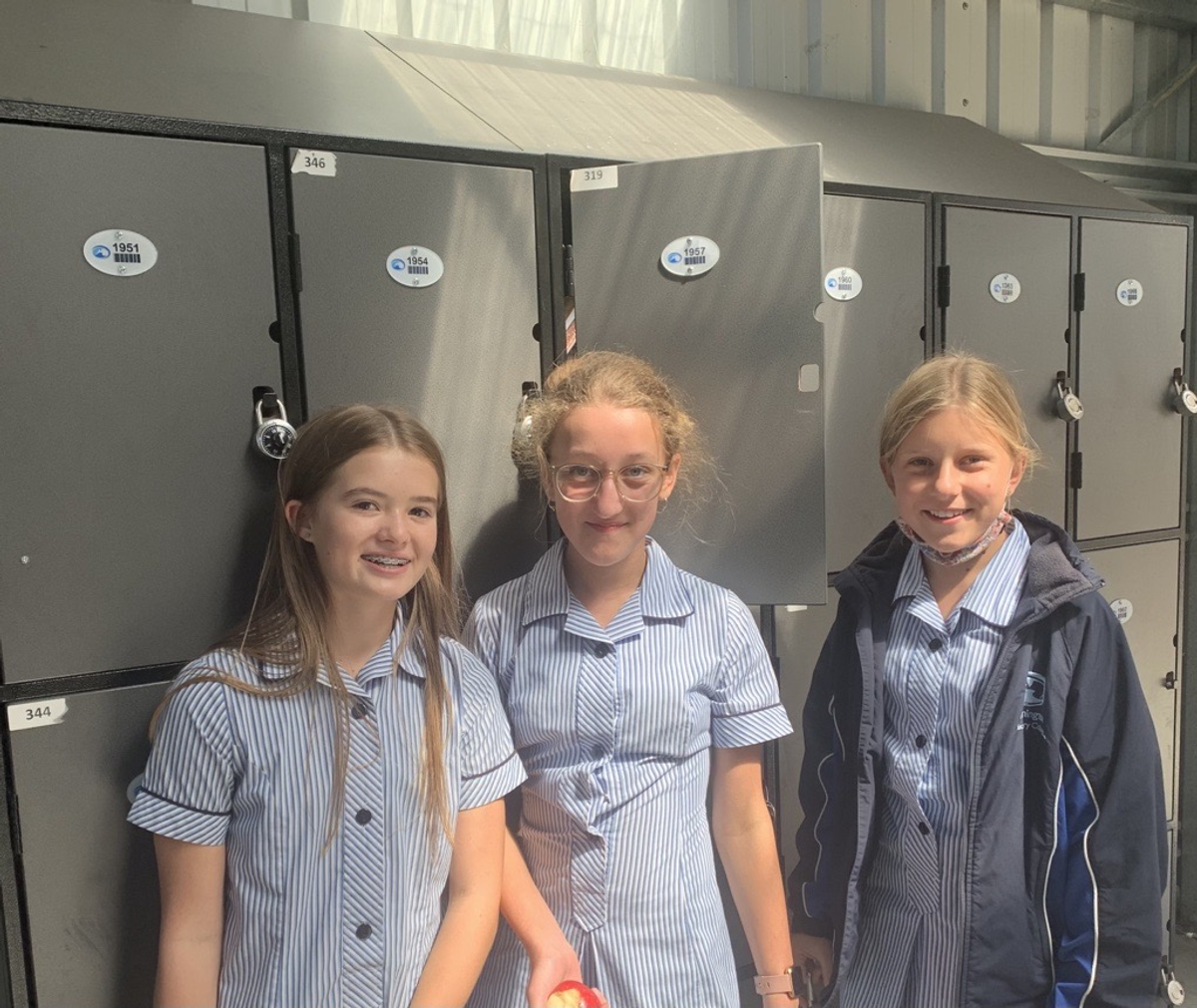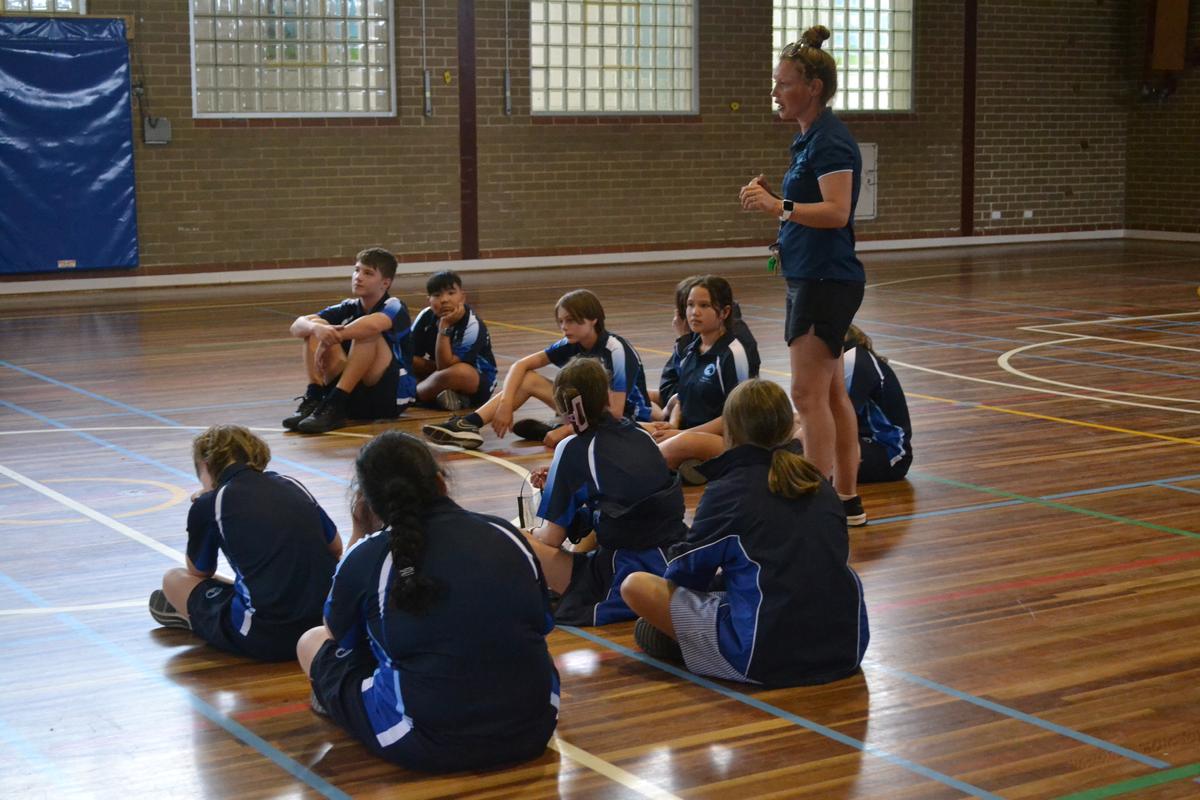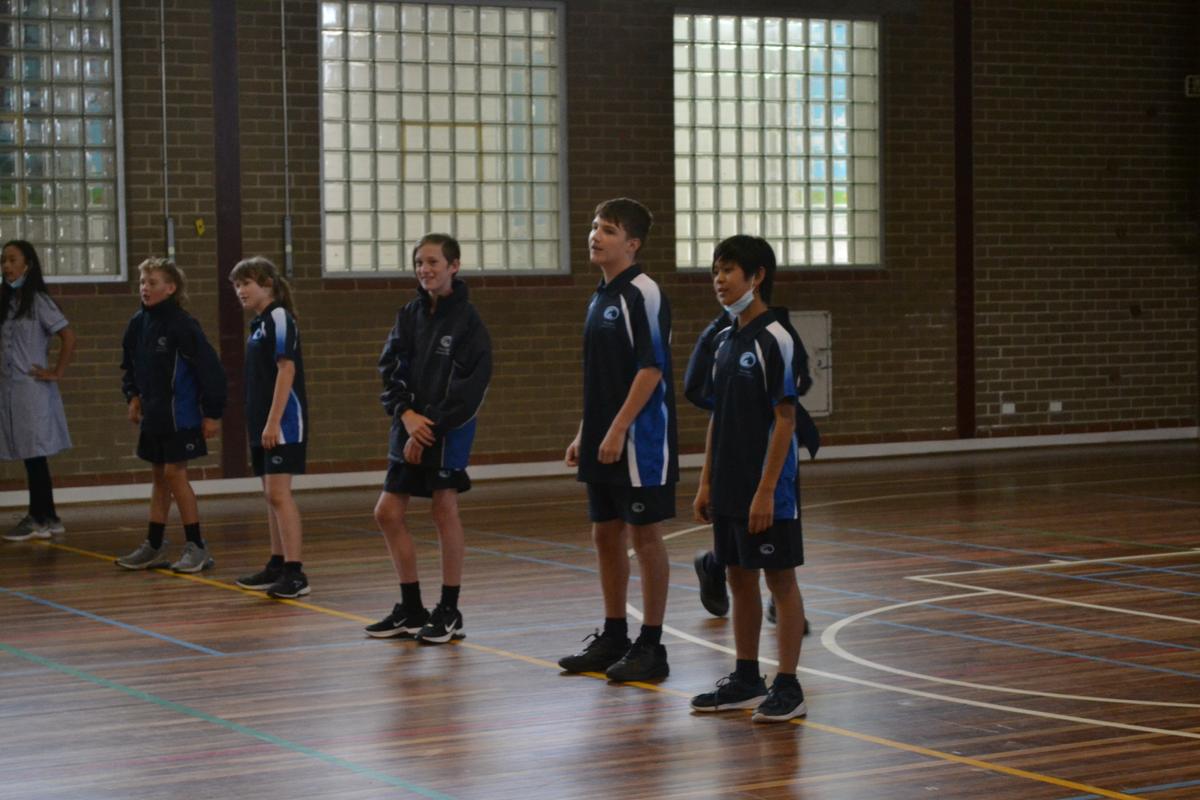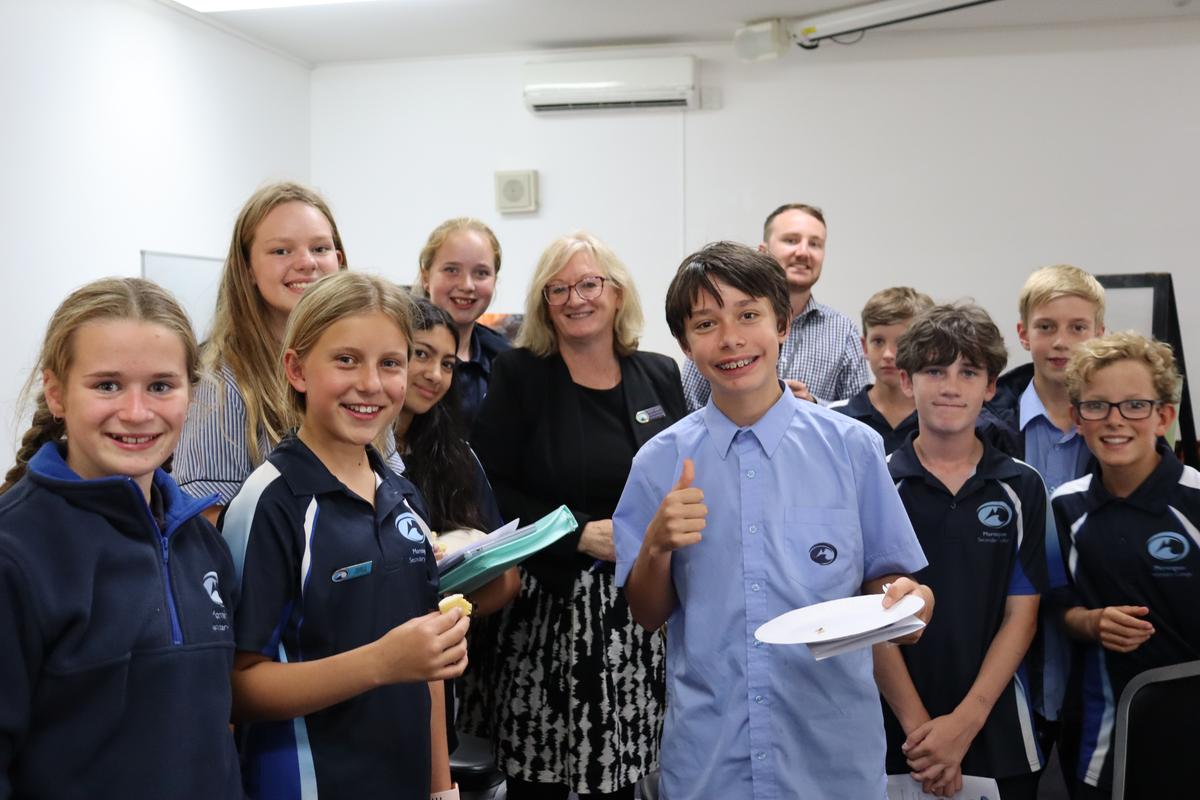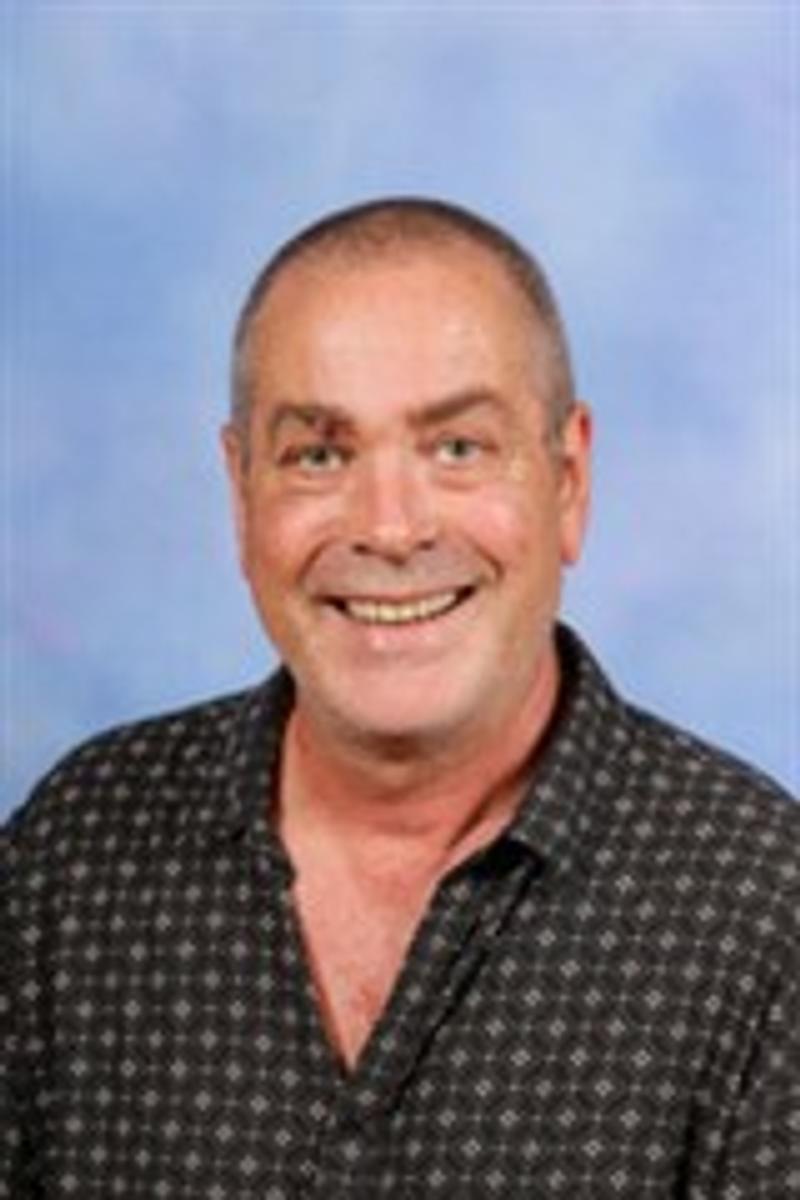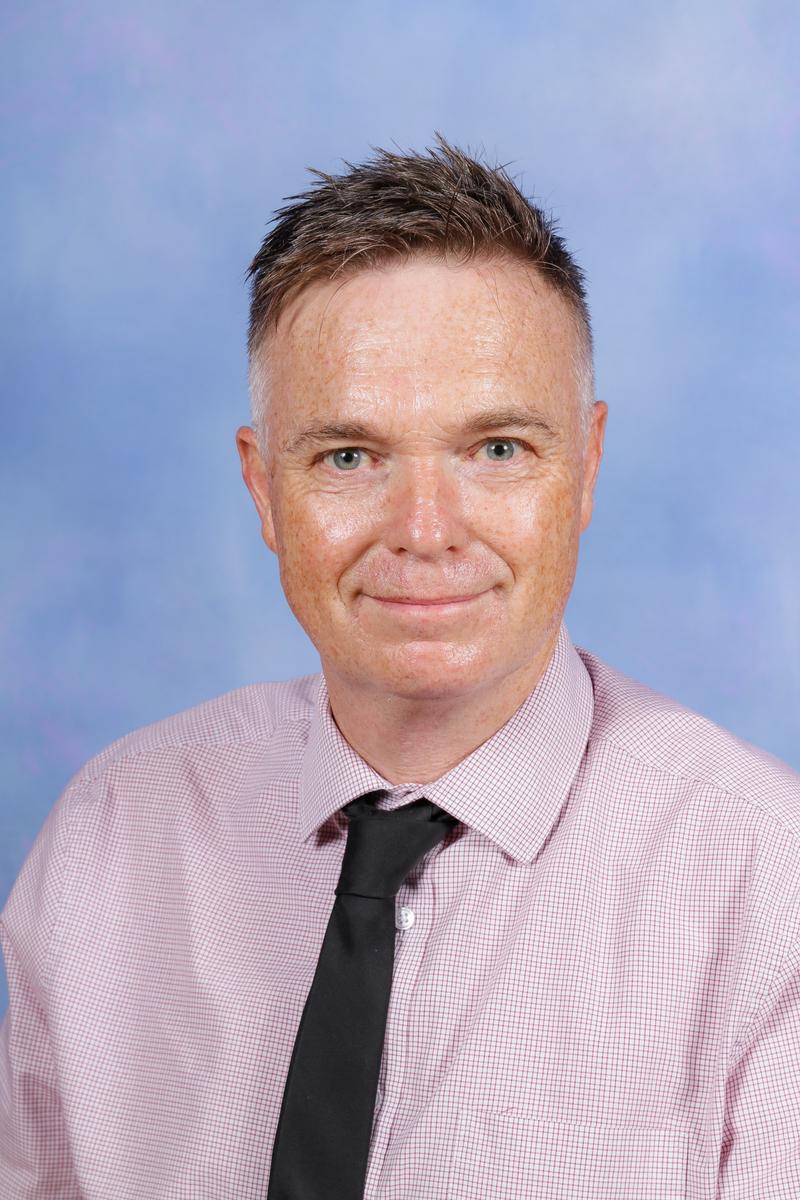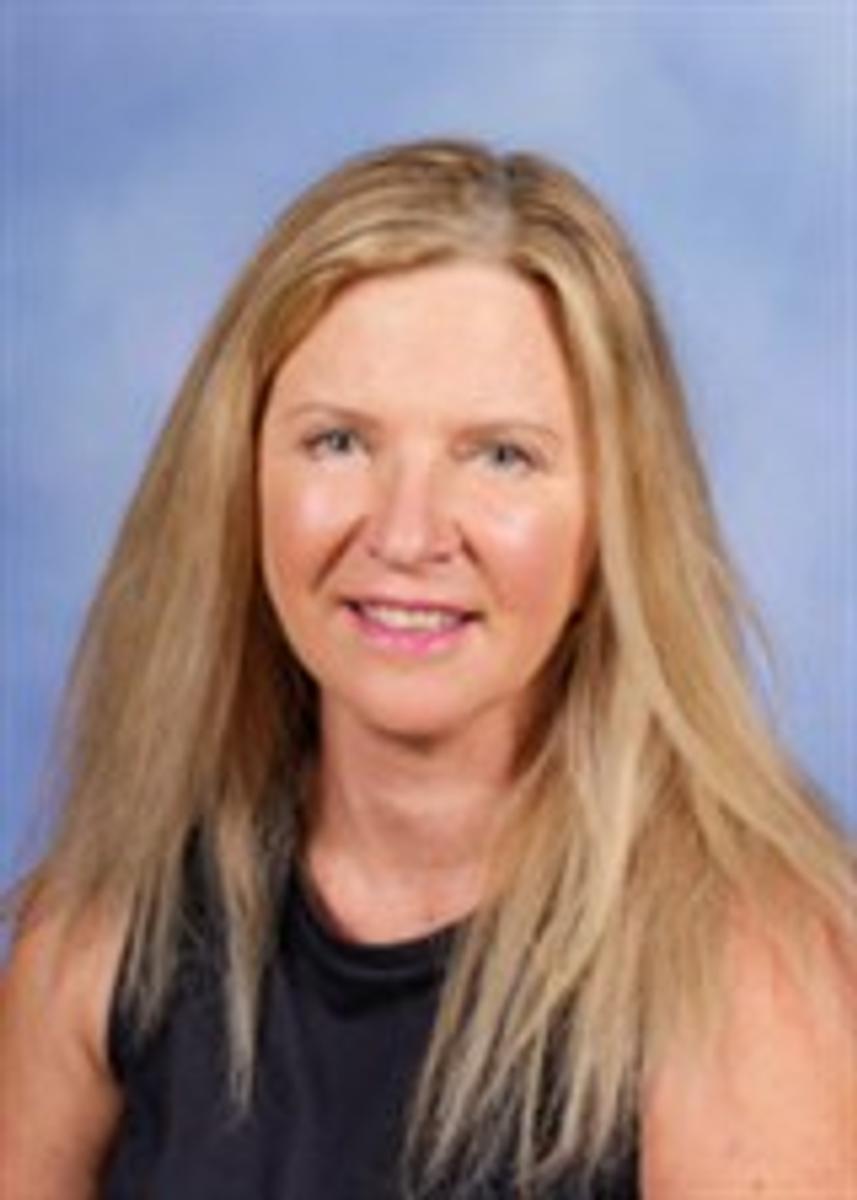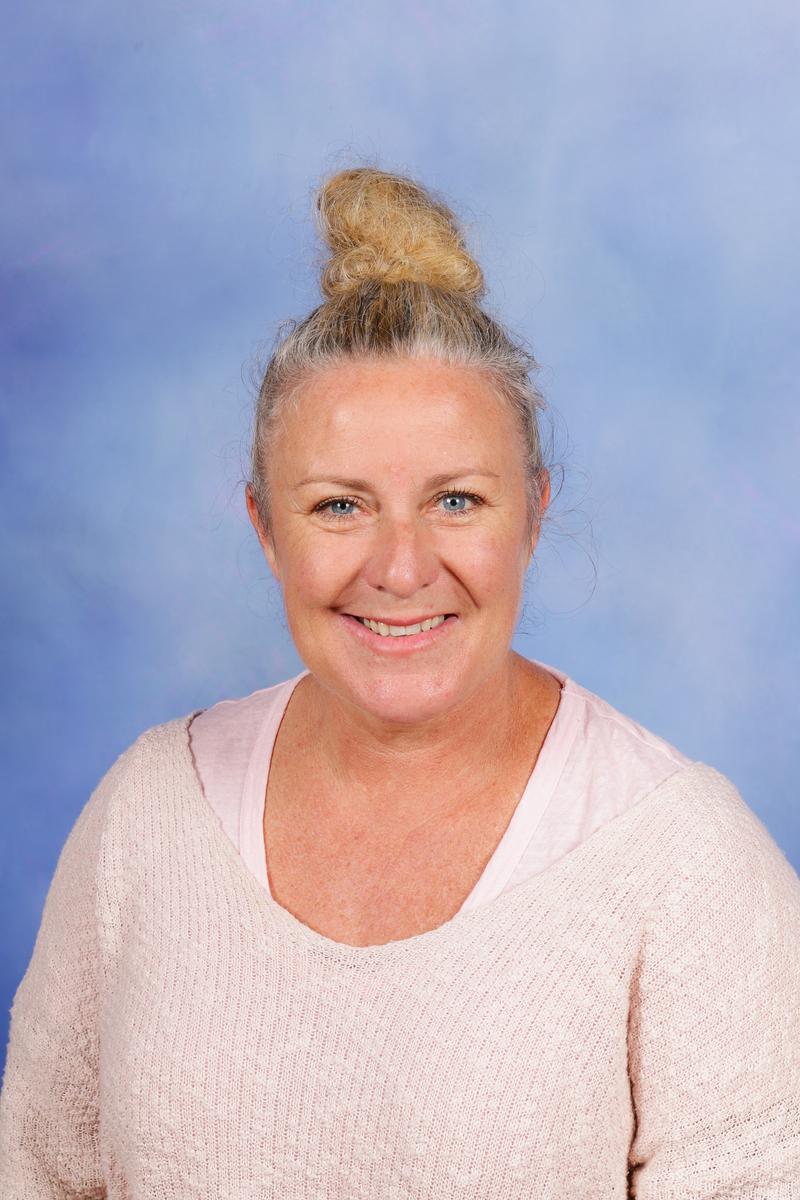Year 7 News
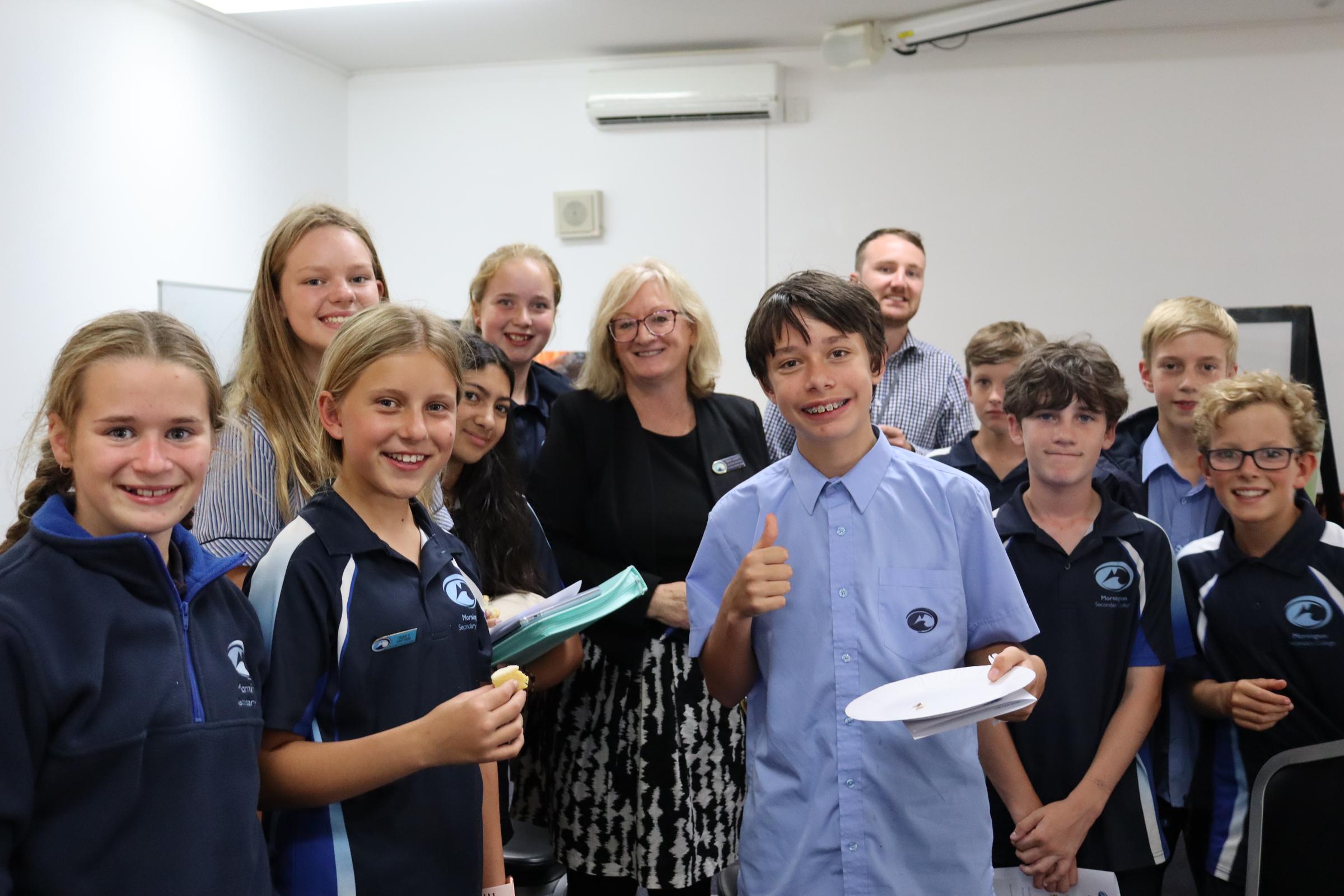
Dear Parents and Carers
It has been great having your child onsite and learning in the classroom environment. I hope you enjoyed the year 7 newsletter that was printed and sent to your home. I am hoping to be able to do another for you shortly so that you can see what is taking place at Mornington Secondary College.
At year 7 already new friendships have formed and the students are navigating their way around the college with confidence as they have become familiar with the college layout.
Uniform
Thank you for ensuring that your child is dressed in full school uniform as it represents the pride they have in their school. Students looked magnificent at our recent assembly as every child was wearing correct college uniform.
Connect
Students attend their Connect group each day. Essentially Connect replaces Home group but is a very structured program. Connect is a college wide program with a focus on The Resilience Project. It is an emotionally engaging program providing practical, evidence- based positive mental health strategies to build resilience and happiness in our students. Please ask your child what they have learnt so far.
Student kindness, respectful behaviours towards others as well as excellent application to learning is being noticed by Coordinators. Students are being recognized for these positive behaviours by their teachers and in assembly.
Ready to Learn
Year 7 students are still learning that we need to be ready and prepared for every lesson and that we are punctual for every lesson. Upon arrival at school, students need to have their texts, workbooks, pens with them for the first two lessons. The students also know that one of our routines is that we line up in two lines before entering the classroom. We do this because it creates a calm classroom and it is an efficient process to be able to commence work as soon as we enter.
Observations
I have been visiting Year 7 classrooms to see your child in action. I will give you a brief account of what I have seen and heard so far. It is very exciting to see students engaged and motivated in their learning.
I am very excited to give a brief account of what is being taught in class at year 7. It is only a snapshot but I know that you too will be happy to hear about the great teaching and learning taking place.
Mrs Simpson’s technology class- the students were working in small teams and working on a design to create a board for a small ball (marble size) to descend slowly to its base. This was a practice before designing and making their gumball machine. It was a great class. Students were working in small groups; one with the glue, others cutting small bits of timber. Some great analysis was happening as the students were working out how to slow the speed of the ball.
Mr Watson’s Math’s class - students were up at the board working on angles and calculations. The students were working in pairs and were very enthusiastic. From student responses it was clear that they were learning and understood the subject matter. Mr Watson was very pleased with the students’ abilities to demonstrate the process of reaching the correct answer.
Mr Herbertson’s Humanities class- students were learning about concepts such as assimilation and multiculturalism. The conversations were enlightening and the students were using the vocabulary in the correct context. The students were viewing the “sorry speech” in parliament when Kevin Rudd was the Prime Minister and in pairs the students had to find all of the reasons listed for being sorry. The students’ discussions showed empathy and solemnity as they acknowledged this moment of time in Australian history. The students understanding was truly amazing.
Mrs Neale – Art
Students were focusing on line, texture and learning vocabulary specific to discussing and writing in terms of Art. The source they were using was Vincent Van Gogh’s painting The Starry Night. Working in small teams they identified form and details of the painting including the life story of Van Gogh. Each group was required to analyse the waves, the lines and the cypress trees in the foreground. The students were fully immersed in the world of Art and they were able to articulate their understanding why the painting was created and place it in the context of Van Gogh’s life.
Ms Hose- English
Students were focusing on narrative writing and using vocabulary specific to the narrative plot structure. Words that they were learning and applying were Orientation, including rising action, Complication, Climax, Resolution. All students were writing and following the same structure. Ms Hose was explicitly teaching Orientation and the students were so engaged. Using models of narrative writing, scaffolding the structure the students were given a cartoon account without words of a story and using the pictures; the students were required to follow the structure and create the narrative. It is great watching the students learning how to write.
Mr Mackenzie - PE and Health
Mr Mackenzie’s class was focused on healthy eating and nutrition. Using The Australia Food Model guide to healthy eating, the students were exposed to recommendations and serving suggestions on eating well and being healthy. Lots of discussion ensued with many students discussing what they had for breakfast. Many students stated that they have a smoothie for breakfast, some have poached eggs and others eat toast and vegemite. Their awareness of fats, protein and nutrition and portion sizes was amazing. They were really engaged in playing games on which food fell into which category and working on their booklets. The students really connected healthy eating to their lives and there was lots of talk about what they eat before a football match, swimming, a basketball match or what they eat when they get home from school. It is great to hear how much the students value their health and healthy eating.
Ms Joannidis -English
The students started with a game “I would rather…..” and Ms Joannidis would give them a scenario.
The students then spent the time focusing on
reciprocal reading. It is chatting about a text in a small group setting that develops comprehension strategies. Essentially, you have a predictor (what is already known from the text) a clarifier- checks new words, unclear references, a questioner- someone who asks questions about the text and a summarizer- so the person who sums up the main ideas or gist of the text. Each group was given the same piece of text and each group had nominated who had which role. I was amazed by the independent as well as cooperative learning that took place. The students including the team that I was part of really had to work hard to ensure we understood the text as it covered a lot of ground including purpose, place and context. It was about a young indigenous boy living on Stradbroke Island who was aspiring to be like Jonathon Thurston a rugby player. It also focused on the benefits of living on an island separated from the mainland. We all learnt a lot and it was great working in a small team.
Mrs Jo Reeman – Science
Ms Reeman’s class focused on Science and Safety. Ms Reeman has been focusing on words specific to Science and ensuring the students know, understand and can apply them. The 5 words that were focused on: Qualitative, Quantitative, Observation, Infer and Variables. These words are used frequently in Science. Ms Reeman has just finished teaching the students how to use the Bunsen burner and the students have just obtained their Bunsen burner licence. They have also been doing some testing on the best temperature for the perfect pasta using the squidgy test. This is a good opportunity dear parents and guardians to ask their advice when cooking pasta.
English - Dr Keough
I had the great delight to visit Dr Keough’s class. The students had drafted their work for the narrative writing structure.
Dr Keough has folders for all the students which she covers in stickers and each time the child shows some improvement in their writing they choose another sticker for their folder.
It was an engaging lesson as the students navigated some new vocabulary and continued with their writing pieces.
English - Michelle Rocca
I took great delight viewing Michelle Rocca's class and here is a reflection from her:
"Our class was learning to review and edit their own writing and give feedback to the work of others’.
It was a follow-up lesson that I had already done a few days prior, but due to student absences I ran it again for those who were absent. For students who had already started, they were to edit their work by adding adjectives, metaphors, similes, etc to improve the imagery of their story.
Within the lesson, I scaffolded learning by doing a ‘recap’ of prior knowledge. We brainstormed together on the whiteboard: What makes stories interesting to read? Think about the poetry lessons we had –we read poems and listened to song lyrics. Think about the poem you wrote. What made your poem interesting? I introduced the 5 Senses and we brainstormed further. Students wrote a short narrative about an encounter they have had with an animal. They included literary techniques to paint a mental picture of their experience for their audience.
Students also read each other’s work and provided detailed feedback to one another: one thing technique used that was interesting and one suggestion for improvement.
Denise Leggett
Assistant Principal
Middle School
Teaching & Learning

